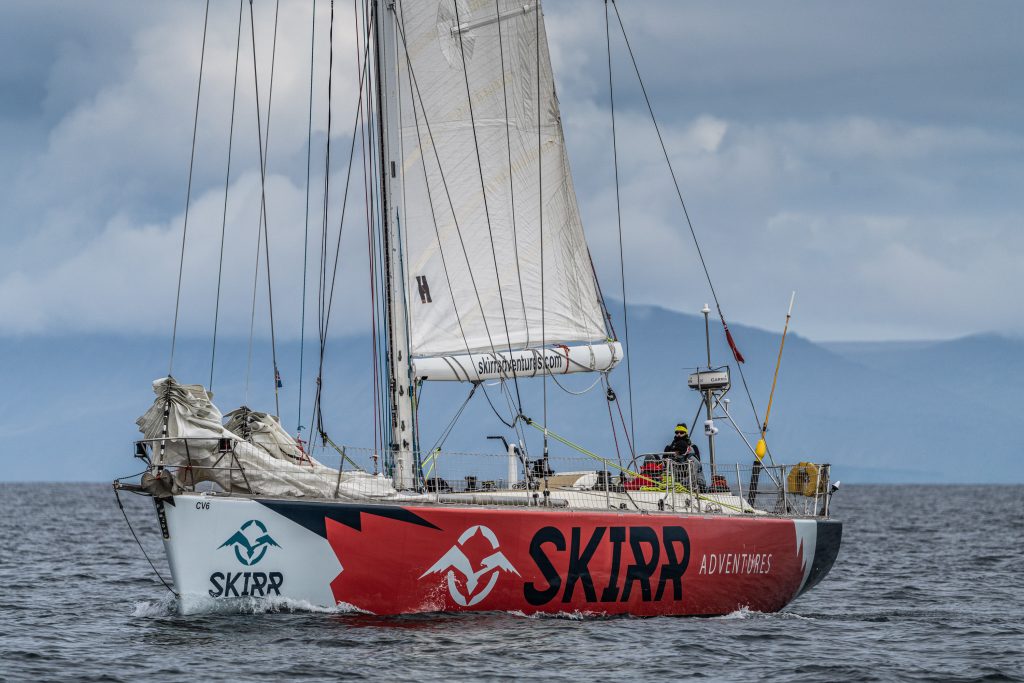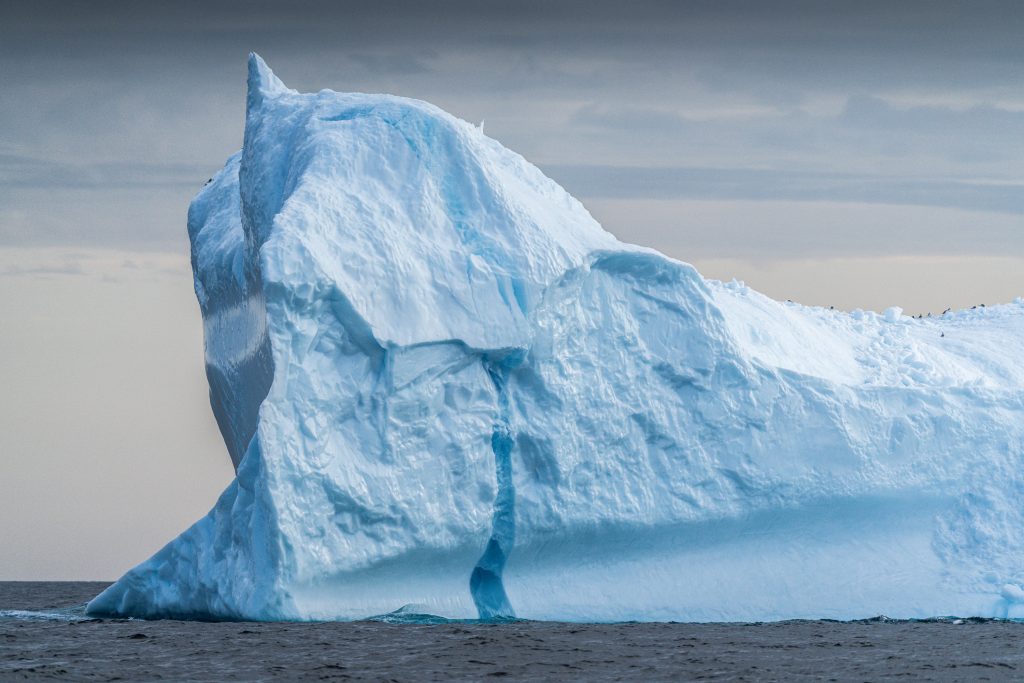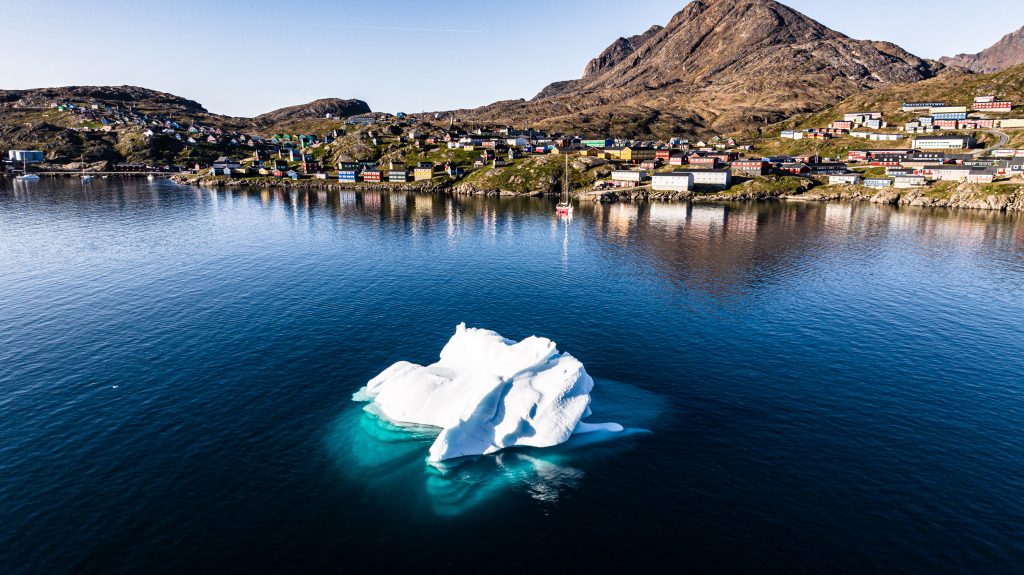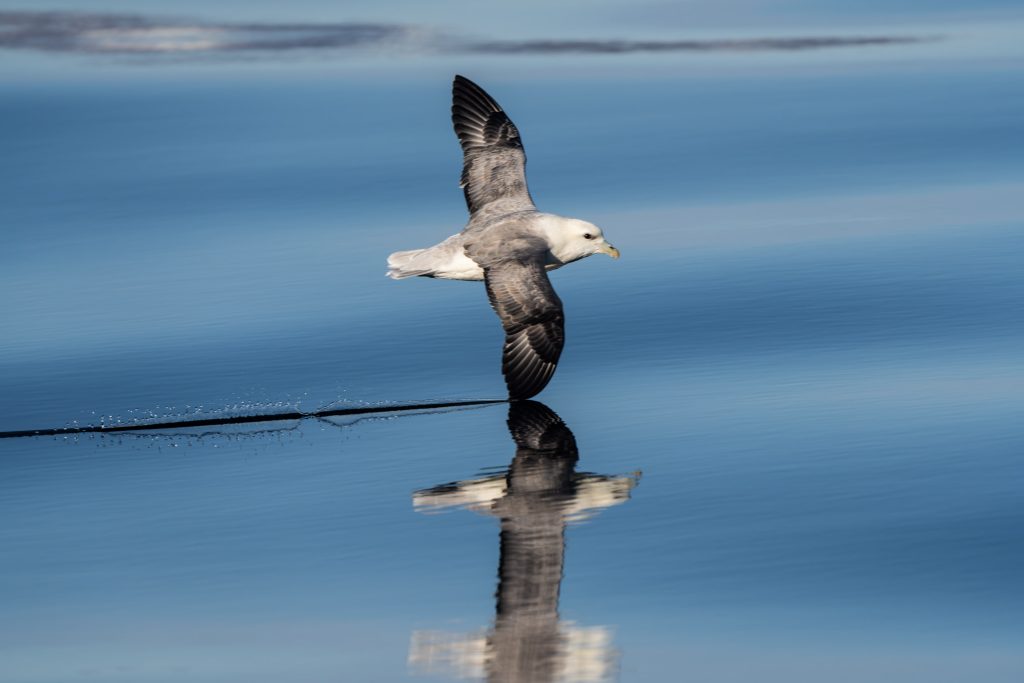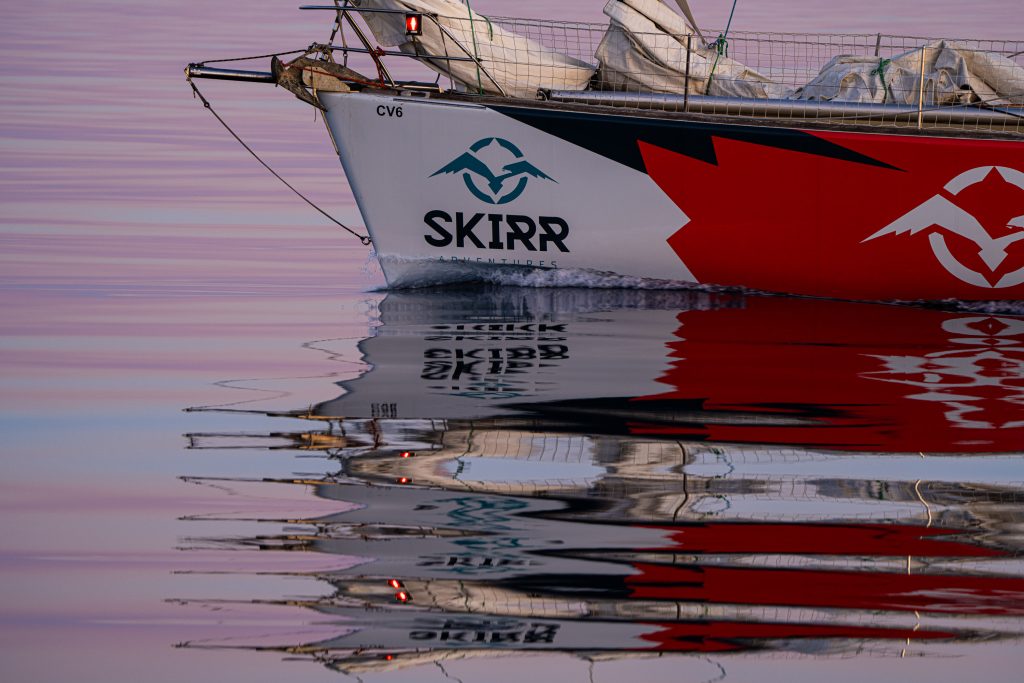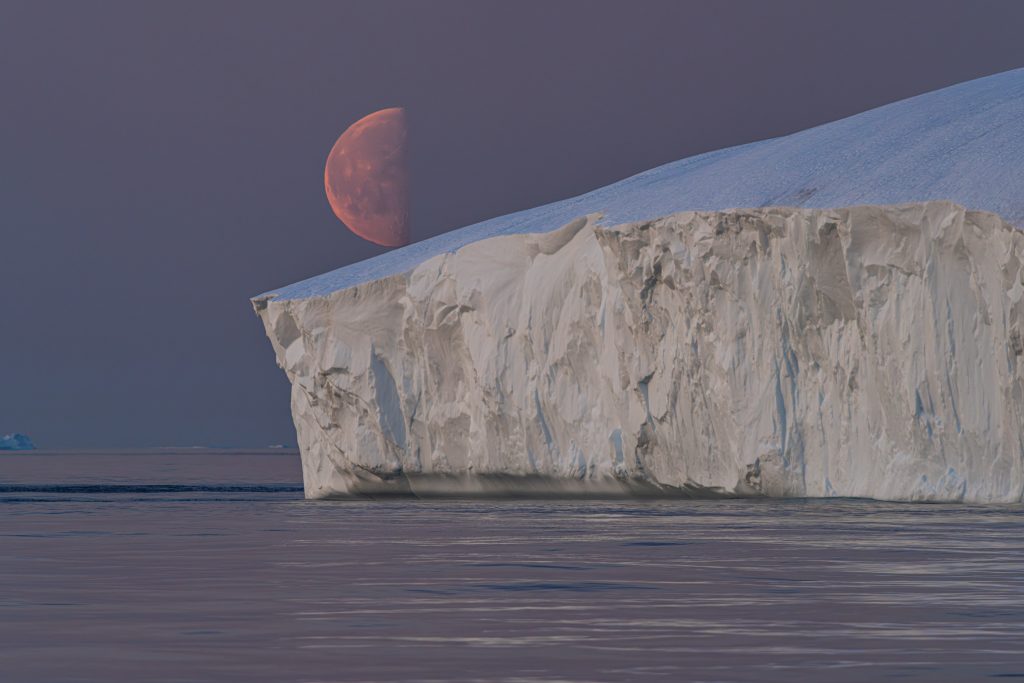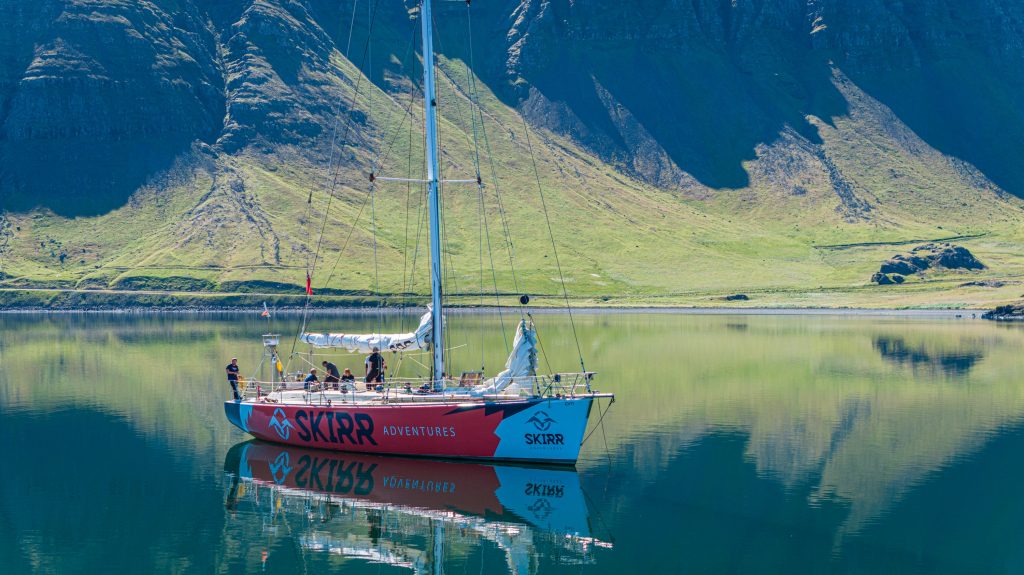Financial Times Special Report Managing Climate Change
Below is an abstract from a recent Financial Times Special Report.
Emily Caruso, THE WRITER, skippered SKIRR Adventures expedition in 2023.
I had sailed inside the Arctic Circle before — but always in the Gulf Stream, which affects local temperatures at all latitudes. It had always been my ambition to go to the ice, and this year I had the opportunity to skipper one of SKIRR Adventures’ 68ft ex-Clipper Race yachts from the south of England to Scotland, then Iceland, and on to Greenland.
We received a detailed briefing from Sir Robin Knox-Johnston, founder of the sailing expedition company and the Clipper Round The World Yacht Race, before departure. This covered how to interpret ice forecasts, manage sheet ice, and manoeuvre the vessel in different conditions.
As we traversed the Denmark Strait between Iceland and Greenland, we logged the sea temperature and it was fascinating to watch it fall from 15C to as low as 4.8C as we moved into the Arctic current. Whales and dolphins were present in every moment.
Around 70 nautical miles off the Greenland coast, we spotted the first iceberg. This is life on the very edge, and I felt privileged to experience it. Icebergs are fluid and dynamic, no two are the same. We were running a full radar watch and had all crew clipped on to the boat.
Knowing how cold the sea was made us particularly attuned to the risk of a person falling overboard. As we closed on the coast, we were ready to encounter the low-lying sheet ice Knox-Johnston had described and push pieces away from the bow as we crept our way in. But there wasn’t any.
It wasn’t hard to see how the melting sea ice has changed the Inuits’ way of life and led to an increased dependence on tourism
Aside from icebergs and growlers (fragments that have broken away), there was no sheet ice on the approaches to Tasiilaq or, later on, to Scoresby Sound. It wasn’t hard to see how the melting sea ice has changed the Inuits’ way of life and led to an increased dependence on tourism In our time ashore, as we engaged the support of local Inuit guides, it was not hard to see how the melting sea ice has changed their lives and increased their dependence on tourism.
There was a small cruise ship in Scoresby Sound during our stay and the local people were keen to maximise the fleeting economic opportunity. On a hike led by the tourist office — which included rifle protection in case of an encounter with a polar bear — there was little snow, and the howl of huskies was one of the subtle reminders of what “normal” life here looked like.
For those of us in expedition sailing, it is a moral dilemma: measuring the value of seeing the impact of climate change firsthand, versus being part of the problem. This small, niche industry is not without reproach but, compared with larger, more invasive cruise ships, it is without doubt the better option. In my 17 years of sailing, I have been able to see these largely inaccessible places and meet the people who live there. As the ice melts in Greenland, the Inuit have had to adapt. But, for the Kiritimati islanders facing rising sea levels, it may soon be too late.
Read the full article by the Financial Times here.
